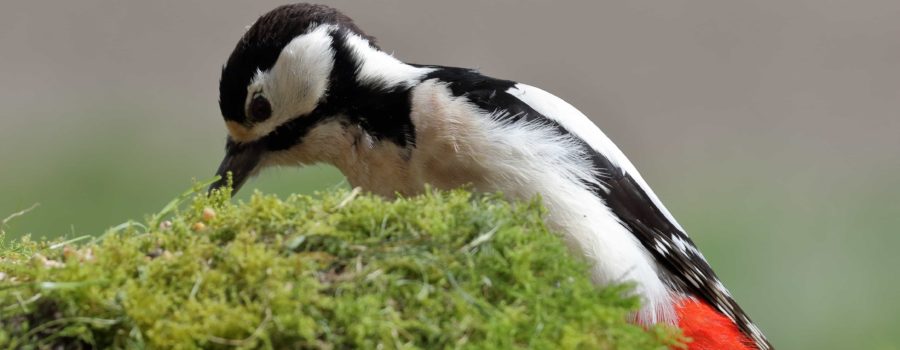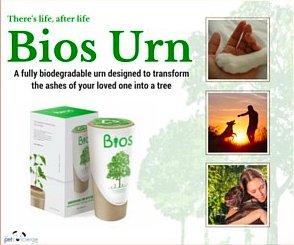Unlike cats and dogs which have been domesticated for thousands of years, your pet bird is still truly a wild animal—they just happen to be living in a domestic environment. Captive birds retain their full array of natural instincts and habits, and, although captive life is not ideal for them, it is our job as their caretakers to give them suitable opportunities to exercise these instincts.
The Importance of Active Foraging in Captive Birds
Birds’ brains are built to be actively problem solving and searching for food throughout the day. These are highly intelligent creatures, and we know from research that birds in the wild spend upwards of 80% of their day actively foraging for food.
When birds don’t have an outlet for their foraging instinct, the results can be devastating. Symptoms of bored and under stimulated birds include aggression, feather picking, screaming, and depression—all from having too little to do throughout their day.
As such, it is not our job to simply provide our birds with food, but to do so in a way that is stimulating and enables them to exercise their full cognitive faculties, especially while their caretakers are away for the day.
The foraging toy: a great tool to alleviate bird boredom
Foraging toys are easy to assemble at home and can be made inexpensively and quickly using common household materials. You can think of a foraging toy like a protective shell that goes around your bird’s food and encourages them to use their foraging instincts to extract their meal.
To learn how to get started making our own DIY foragers I spoke with Dr. Barbara VanGilder, a veterinarian (and bird mom) at Montclair Veterinary Hospital, who specializes in exotics . She recommends starting by making very basic toys that resemble Halloween tissue paper ghosts or bon-bons.
Instructions for your first forager: You want to start by selecting your bird’s favorite food so that they are motivated to forage for it (some examples of higher value foods are avicakes, nutriberries, and fruits). To create your first foraging toy, start with either paper towels, old printer paper, or brown packaging paper (basically, anything that is malleable and will require your bird to work at breaking open). Put a little bit of your chosen food in the middle of the paper and then wrap it into a little ball.

DIY Foraging Toys for your Bird, by Dr. Barbara VanGilder
Dr. VanGilder recommends starting by placing your first foraging toys in your bird’s normal food bowl so that they get the idea that these devices contain food. Once your bird gets used to taking these toys apart, you can start hiding them around different parts of their cage so that they have a fun hunting game to keep them busy throughout the day. You can also use clicker training to reinforce foraging behavior. Look for an article from us on clicker training in the near future.
Don’t feel like you’re limited to just tissue ghosts. There are plenty of more elaborate and still extremely cheap ways of making foraging toys. Another quick and easy foraging toy that works especially well for larger birds involves a toilet paper roll and shredded paper.

DIY Foraging Toys, Part 2
When deciding on what types of foraging toys to make, it also pays to think a little bit about what kinds of food your bird would be eating in the wild. This is something you can easily Google online. Bigger, hook-billed birds are going to be foraging for large nuts and other tough-to-crack objects, so you’ll want to give them harder, thicker material to work at such as poster board. Smaller birds such as song birds aren’t going to be able to get through that kind of sturdy material, so you’ll want to make easier-to-dismantle foragers for them.
Other options include toys made of dry pasta, wiffle balls, or cardboard boxes (again, a quick Google search should provide plenty of instructional walkthroughs as well as videos on YouTube with ideas for more advanced foraging toys). One of Doctor VanGilder’s favorite resources is Dr. Scott Echol’s DVD on active foraging for pet birds. You can check out a clip and buy the DVD for yourself over on his website, or by clicking HERE.
Dr. VanGilder likes to think of creating foraging devices as a fun weekly crafting opportunity that allows her to both spend time with her bird, Charlie, and be creative and artistic. These toys can be as simple or as involved as you’d like—as long as they provide your bird with an outlet for foraging, they’re doing their job.

DIY Foraging Toys, Part 3
We hope this article has opened your eyes to wonderful world of active foraging. We can guarantee that your bird will appreciate the added stimulation, and, like we said, you might just find yourself having fun with these devices too.
Was this article helpful? For more great insights on how to take the best care of your pet, check out our free pet care tips!
Click Here for Access






